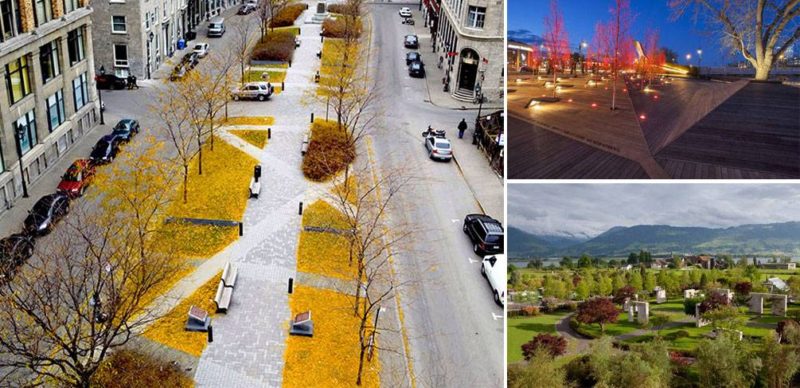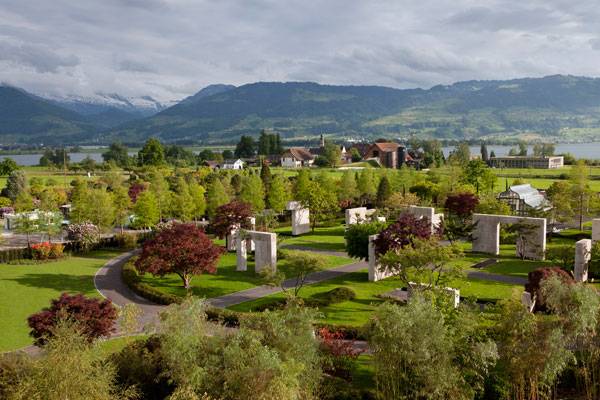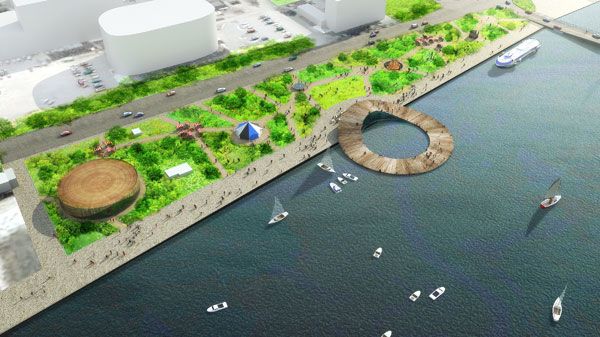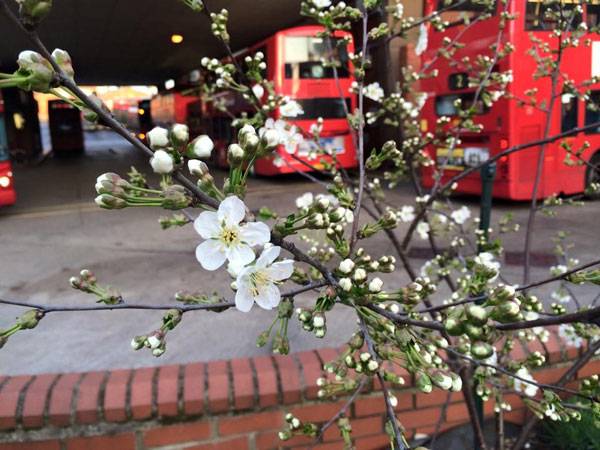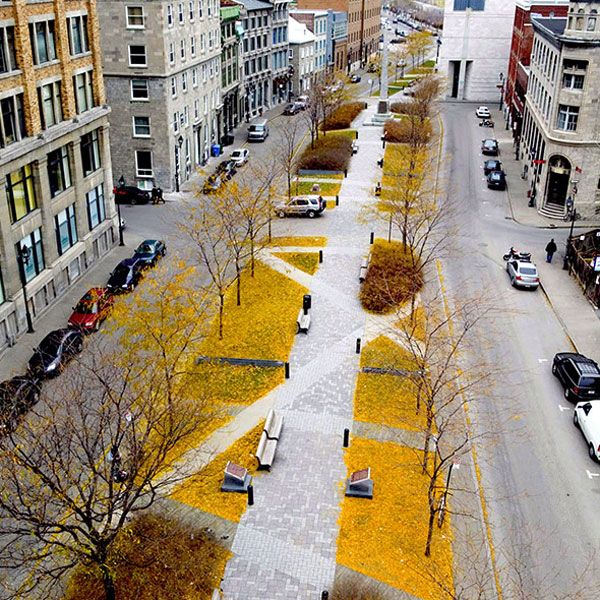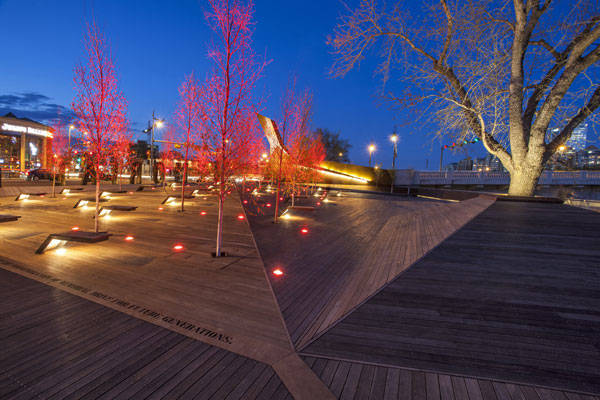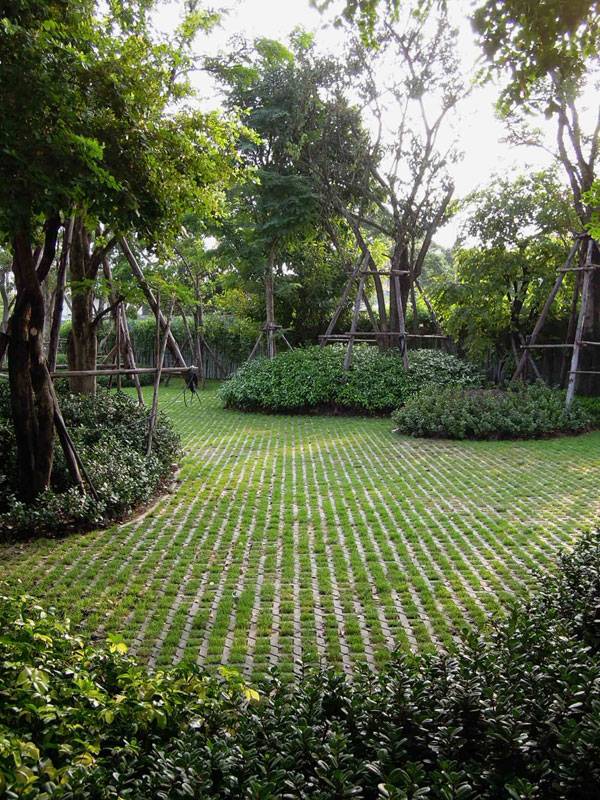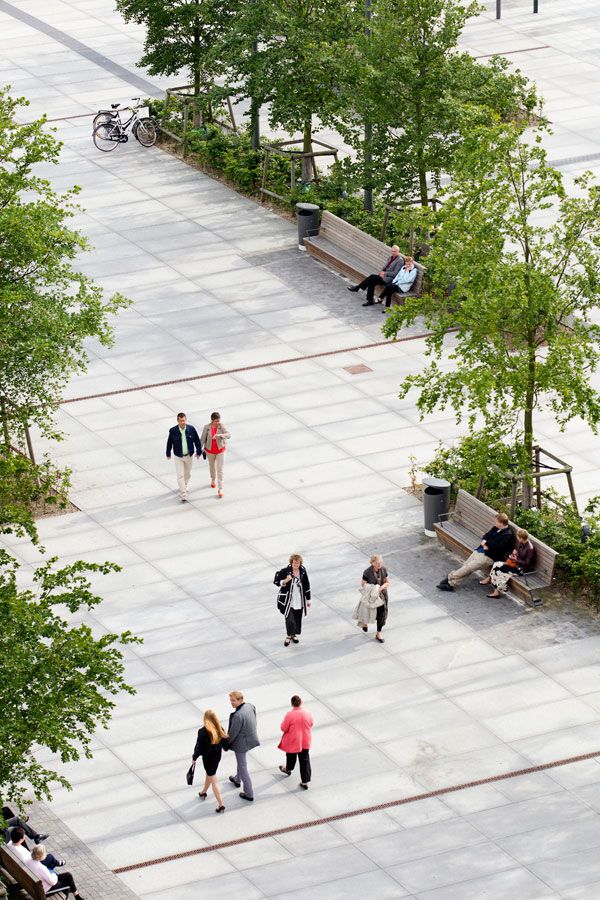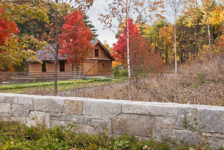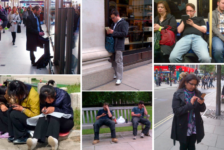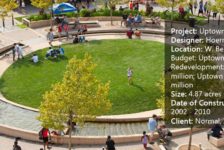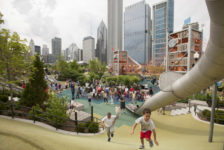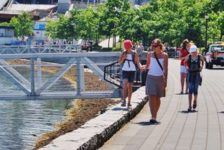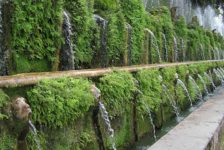Article by Erin Tharp LAN writer of the year 2015/16 Erin Tharp, takes a look at some creative ways how to use trees in various landscape designs. Almost every successful landscape installation has one thing in common: trees. Trees are found in traditional landscapes and in ultra-modern landscapes alike. And even though the feel of the spaces may differ, the trees bring them back to nature and remind us that even the most desolate places can support life. So how do you go about becoming an expert in placing trees in your designs? Take a look at the following 10 projects that show 10 uses for trees in the landscape and prove that every space can be made better by using trees.
How to Use Trees
1. Trees as Art Visitors to the Tree Museum in Rapperswil-Jona, Switzerland, are greeted by a collection of trees — carefully placed by Swiss landscape design firm Enea — that are meant to serve as a 75,000-square-meter work of art. Enea placed several giant sandstone walls and water basins throughout the site to divide the space and to also create quiet spaces for visitors to relax and enjoy the entire collection of trees, which obviously take center stage here.
2. Trees as Design Inspiration Every so often, landscape architects are faced with a project in which they don’t know where to begin their design. In the case of Baltic Sea Art Park, by Kilometrezero, in Pärnu, Estonia, the designers took one look at the existing trees and knew exactly where to start. The existing trees served as a connection to the urban fabric of the nearby city and the riverbank, but lacked any order. So, to create order, the design team reorganized the space by creating small squares among the existing trees that would be separated by a sequence of smaller paths connected to circular areas that could be used for small social gatherings. All this, while also allowing room to plant more trees. The designers used the placement of the existing trees as path makers, and ended up with a beautiful and functional design. 3. Trees as a Food Supply Everyone knows that apples grow on trees, and everyone knows that adding green spaces to an urban fabric can help to deal with climate change and pollution. But the Open Orchard Project funded by Open Works in London took these uses of fruit trees one step further. Here, a group of residents decided to change the social fabric of their neighborhood by planting fruit trees throughout the community. They found that fruit trees are great choices for cities, since they can be grown on dwarfing rootstocks and, once established, require little maintenance — all while providing residents with a reliable food source and a way to come together. 4. Trees as a Fight Against Global Warming As stated above, everyone is aware of the positive changes that trees can have on the environment, including on global warming. And there is no better example of this than on Gonçalo de Carvalho, a street in Porto Alegre, Brazil, that is considered by many to be the most beautiful street in the world. More than a hundred Rosewood trees (Tipuana tipu) were supposedly planted in the 1930s by employees of a local brewery along both sides of the street. Today, they create a microclimate that helps to keep the street below both cool and in shade, proving that the addition of trees can truly change the world, even if it is only one street at a time.
GONÇALO DE CARVALHO; credit: Adalberto Cavalcanti Adreani
9. Trees as Survivors When Thorbjörn Andersson started designing Hyllie Plaza in Malmö, Sweden, the designers knew they wanted to create a place that would have an identity and stand out form other plazas in the country. To do this, they decided to create a minimalist beech forest. Going in, they knew that using the ever-sensitive beech could be problematic, but they had a plan and knew that if they could accomplish it, they would create a place that showcased the survival instincts of this majestic tree. They planted 28 trees in a large planting bed accessed through12 slits cut into the granite and concrete paving surface. This bed contains just the right mixture of mulch, stones, and soil to allow the trees to thrive.
10. Trees to Entice The only indication that something fabulous lies behind a high perimeter wall in Bangkok would be the tops of large trees that might make a visitor stop and try to get a peek inside to see what else is in there. LOKOH=Co used the trees as a way to create interest in the T. Residence for people who might chance to walk by. Those allowed inside are not disappointed by the award-winning and complex design they find. Here, the trees add to the tropical landscape and help to provide shelter for some of the tender mosses and ferns that grow beneath them.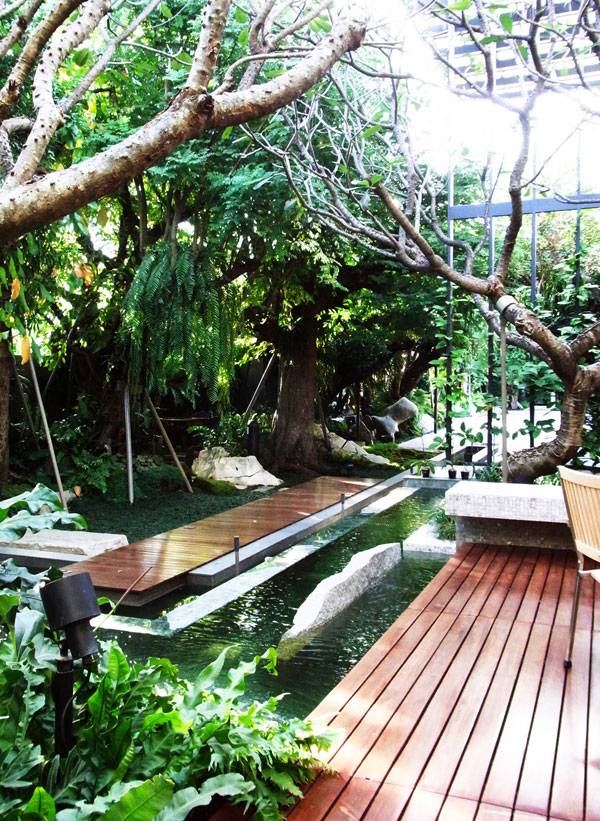
T.Residence. Photo courtesy of LOKOH= Co., Ltd.
>>>CLICK TO COMMENT<<<
Recommended Reading:
- Becoming an Urban Planner: A Guide to Careers in Planning and Urban Design by Michael Bayer
- Sustainable Urbanism: Urban Design With Nature by Douglas Farrs
Article by Erin Tharp
Published in Blog


